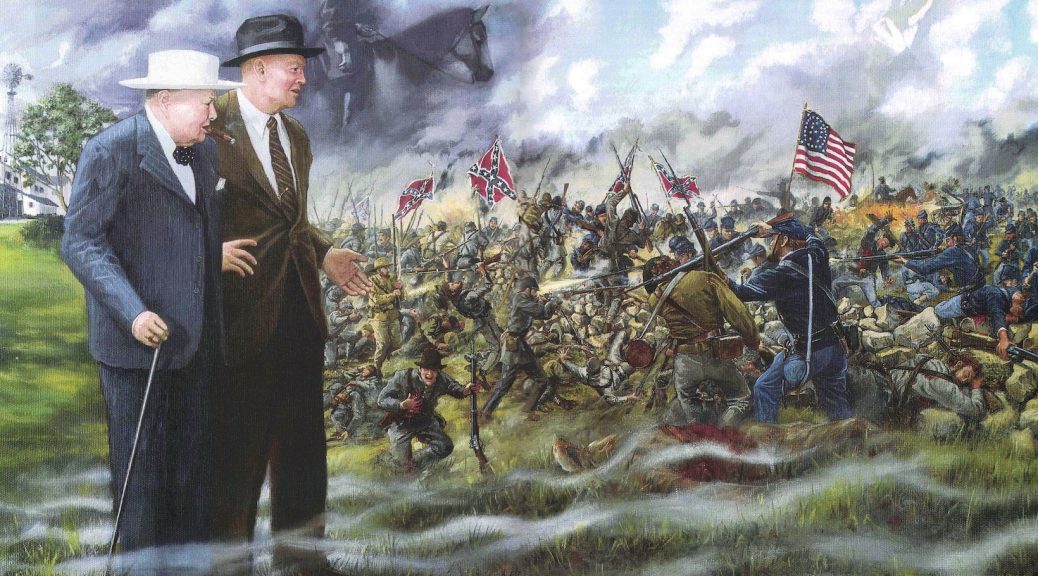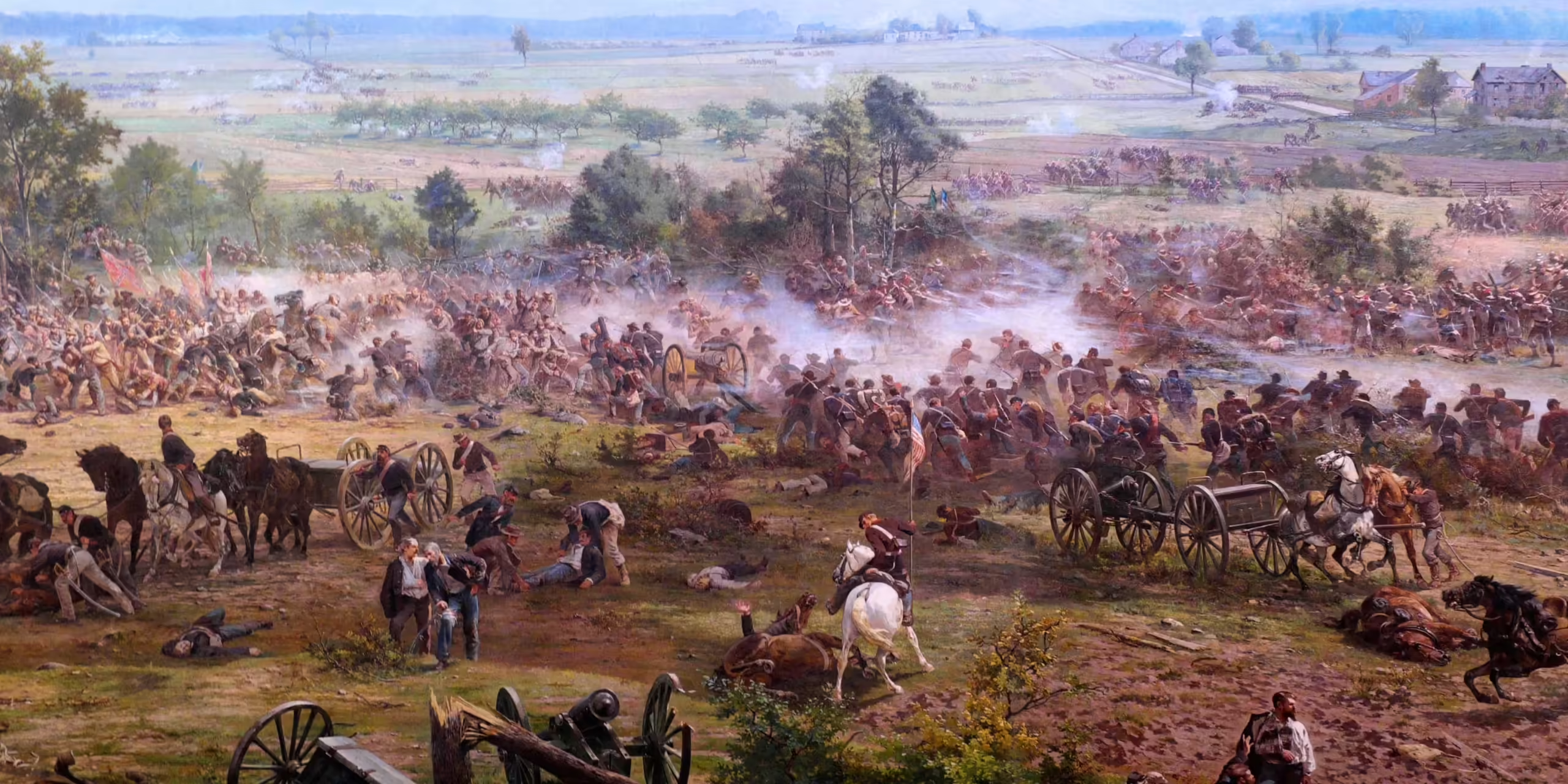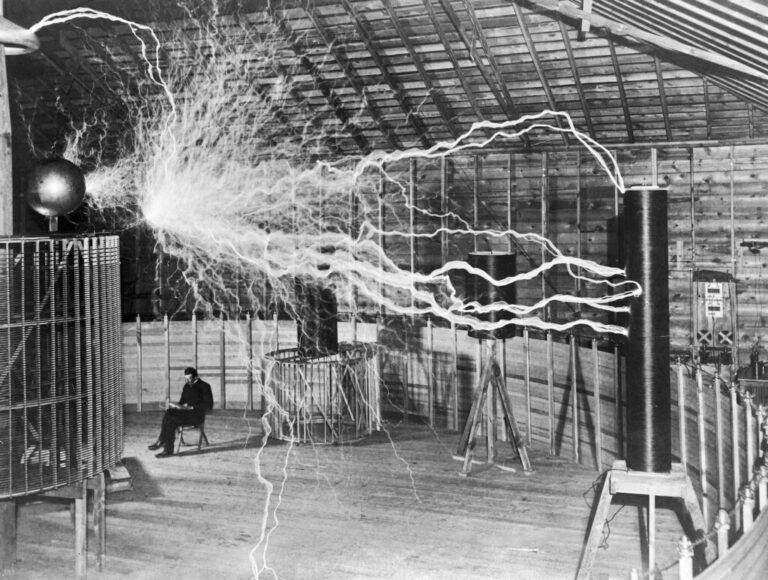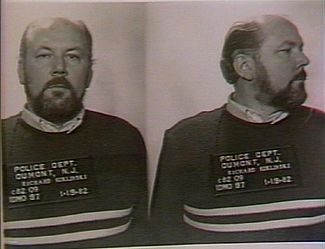Gettysburg: The High-Stakes Gamble of Robert E. Lee
Understanding Gettysburg’s Strategic Importance
The Battle of Gettysburg stands as one of the most pivotal conflicts of the American Civil War, not only due to its scale but also because of its strategic implications. The engagement, fought from July 1 to July 3, 1863, marked a turning point in the war, with significant consequences for both the Union and Confederate forces.
Gettysburg’s importance can be attributed to its geographical location and the strategic positions held by both armies. The town, situated in southern Pennsylvania, was a crossroads of vital road networks that connected various parts of the northern and southern territories. This made it a prime location for both sides to control in their quest for supremacy.
Why Was Gettysburg Crucial?

- Geographic Advantage: Gettysburg’s location allowed control over key supply routes and facilitated the movement of troops. This made it a strategic point for both the Union and Confederate armies.
- High Ground: The battle prominently featured the struggle for high ground, such as Cemetery Hill and Little Round Top, which provided significant tactical advantages.
- Psychological Impact: The battle’s outcome had profound psychological effects, boosting Northern morale while dealing a severe blow to Southern confidence.
The battle’s outcome demonstrated that Robert E. Lee’s decision to engage in Gettysburg, despite its uphill challenges, was a critical gamble with far-reaching consequences.
Robert E. Lee’s Strategic Decisions
Robert E. Lee, the commanding general of the Confederate Army of Northern Virginia, made several crucial decisions during the Gettysburg campaign that have been extensively analyzed and debated. His choice to fight at Gettysburg, particularly given the difficult terrain, played a significant role in the battle’s outcome.
The Terrain of Gettysburg
The terrain around Gettysburg was anything but favorable for Lee’s army. The high ground, which was heavily contested, proved to be a formidable obstacle. The Union forces effectively utilized these elevated positions to repel Confederate attacks.
- Cemetery Hill: A crucial defensive position that provided a commanding view of the battlefield.
- Little Round Top: A strategically significant hill that was fiercely defended by Union forces.
Lee’s decision to attack uphill against entrenched positions was a critical misjudgment that contributed to the Confederate defeat.
Lee’s Tactical Approach
Lee’s tactical approach involved a series of frontal assaults against well-fortified Union positions. His reliance on aggressive tactics, despite the unfavorable terrain, ultimately led to high Confederate casualties.
- Pickett’s Charge: One of the most famous assaults of the battle, which ended in a disastrous defeat for the Confederates and marked a turning point in the engagement.
Lee’s tactics have been criticized for their disregard of the terrain and the enemy’s strong positions, leading to the question of whether different strategies could have altered the outcome.
The Role of Key Figures in the Battle
Several prominent figures played crucial roles in the Battle of Gettysburg, influencing the battle’s outcome through their leadership and decisions.
Major General George Meade
Major General George Meade was the commander of the Union Army of the Potomac. His leadership during the battle was instrumental in the Union’s victory.
- Tactical Defense: Meade effectively utilized the terrain and defensive positions to repel Confederate attacks.
- Leadership: His decisions during the battle, including the placement of troops, were crucial in achieving victory.
General James Longstreet
General James Longstreet, one of Lee’s principal lieutenants, had significant disagreements with Lee regarding the battle strategy.
- Strategic Disagreements: Longstreet advocated for a defensive strategy rather than Lee’s aggressive approach, which could have potentially changed the battle’s outcome.
Longstreet’s perspective highlights the internal conflicts within the Confederate command and the strategic debates that influenced the battle.
The Outcome and Consequences of Gettysburg
The aftermath of the Battle of Gettysburg had profound effects on both the Union and Confederate armies, shaping the course of the Civil War.
Immediate Aftermath
The immediate aftermath of Gettysburg was marked by significant casualties and a somber mood. The battle resulted in approximately 51,000 casualties, making it one of the bloodiest battles in American history.
- Casualties: The high number of casualties reflected the fierce nature of the battle and the heavy toll on both sides.
Long-Term Impact on the War
The long-term impact of Gettysburg was substantial, as it marked a turning point in the Civil War. The defeat weakened the Confederate army’s offensive capabilities and bolstered Northern morale.
- Strategic Shift: The battle shifted the momentum of the war in favor of the Union, leading to subsequent victories and eventual Confederate surrender.
Why Lee’s Decision to Fight Uphill Was Controversial
Lee’s decision to engage in the uphill battle at Gettysburg has been a subject of significant debate and controversy.
Criticisms from Historians
Historians have widely criticized Lee’s decision, arguing that it demonstrated a misjudgment of the battle’s strategic context.
- Historical Analysis: Critics argue that Lee’s aggressive tactics, especially in the face of difficult terrain, contributed to the Confederate defeat.
Alternate Strategies Considered
Several alternate strategies have been proposed, which could have potentially led to a different outcome.
- Defensive Tactics: Adopting a more defensive posture or choosing a different battlefield might have reduced Confederate casualties and increased their chances of success.
Exploring these alternate strategies provides insight into the potential for different outcomes had Lee employed different tactics.
Meta Description: Discover how Robert E. Lee’s controversial decision to fight at Gettysburg, despite challenging terrain, became a pivotal moment in the Civil War.
Key Figures Biography
| Name | Role | Contribution |
|---|---|---|
| Robert E. Lee | Commander, Confederate Army of Northern Virginia | Led the Confederate forces, made crucial decisions during the battle. |
| George Meade | Commander, Union Army of the Potomac | Successfully defended Union positions and led the Union to victory. |
| James Longstreet | Lieutenant General, Confederate Army | Key figure with strategic disagreements with Lee, advocated for defensive tactics. |
Quotes
- Wikipedia: “Robert E. Lee’s decision to fight at Gettysburg remains a subject of extensive debate and analysis.” (Wikipedia)
- Biography.com: “The battle’s outcome highlighted the challenges of fighting on unfavorable terrain.” (Biography)
References:
- History Defined: Gettysburg https://www.historydefined.net
- Wikipedia: Robert E. Lee https://en.wikipedia.org/wiki/Robert_E._Lee






